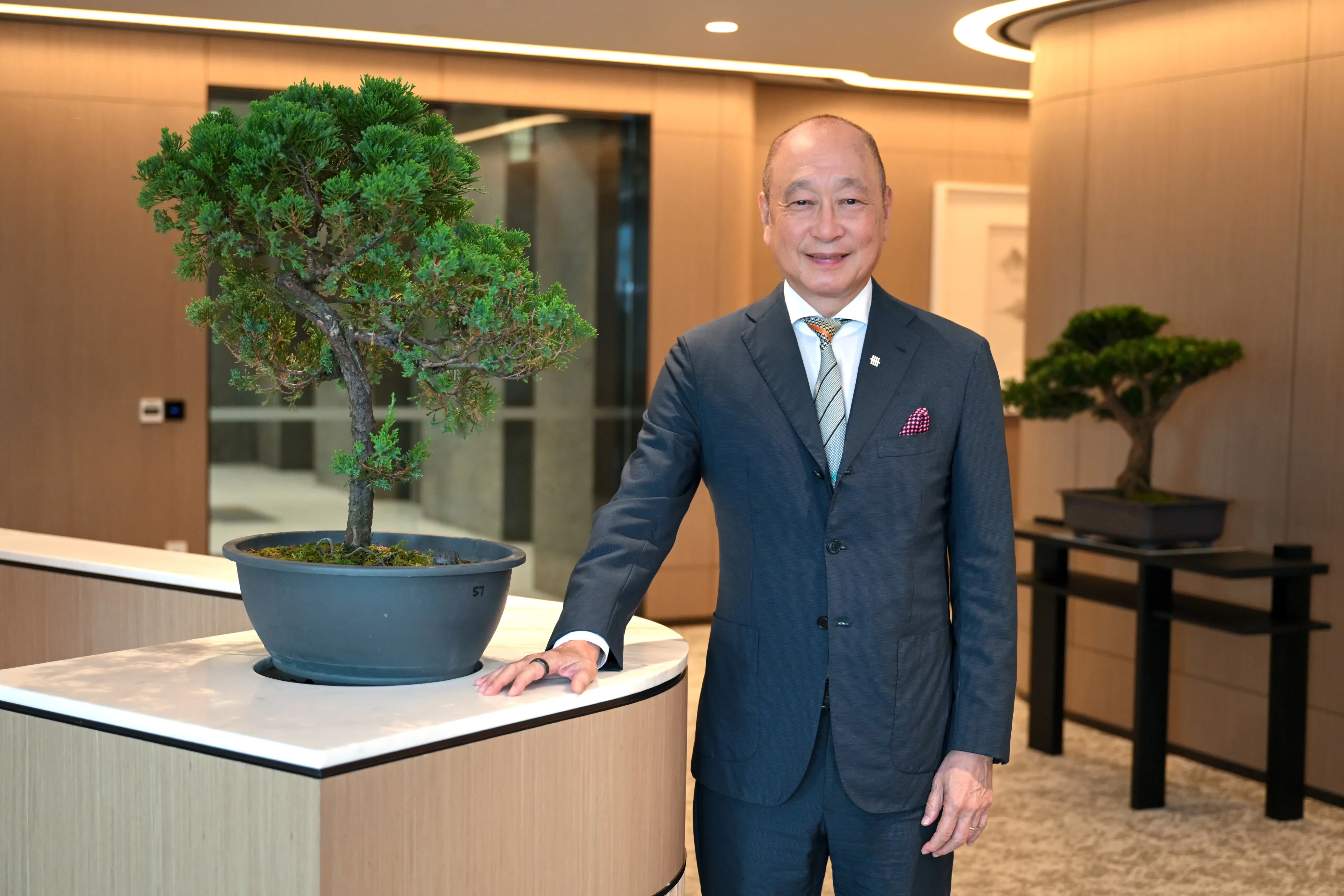Copyright Santa Rosa Press Democrat

After twenty plus years of sitting across the table from business owners, HR leaders, and employees, we’ve come to know that employee benefits are one of the most misunderstood tools in business. Many tend to think of them as a line item … a cost to manage, a spreadsheet to analyze, a negotiation to be won. But if you peel that back, you find something far more powerful. Benefits are about people. They are a way to say “You matter to this organization.” In the beginning of our respective careers in benefits, we focused on premiums, deductibles, and networks. While those things absolutely matter, we’ve learned that the most effective benefits strategies start with empathy. Behind every renewal spreadsheet is a single mom trying to afford a co-pay, an employee caring for an aging parent, or a young worker who doesn’t yet understand why health insurance even matters. It’s easy to lose sight of that human layer when you’re buried in data, endless rising premiums and ever changing plan designs. But employers who remember it, those who connect their benefits to the real lives of their people consistently outperform those who don’t. What Benefits Say About Your Culture Whether you mean to or not, your benefits send a message about what kind of employer you are. If your plan prioritizes low cost at all costs, employees notice. If your offerings feel thoughtful, accessible, and personal, they notice that too. A company that invests in mental health coverage, flexible leave, and financial wellness isn’t just offering perks, it’s signaling that it understands life isn’t one-size-fits-all. In an era where employees crave purpose and connection, that message resonates more than any recruiting slogan. Even small improvements can make a big difference. One local employer we worked with didn’t have the budget to add “flashy” new benefits, but they changed the way they communicated what they already offered. They created short, plain-language videos explaining how each benefit worked, added a “human story” section to their intranet, and encouraged managers to check in during open enrollment. Benefits engagement shot up. Employees felt seen, and HR stopped feeling like the “bad guy.” Benefits as Emotional Infrastructure We don’t often think of benefits as emotional infrastructure, but that’s what they are. They hold people up in moments of vulnerability: a new baby, a diagnosis, a loss, a surprise bill. When that infrastructure is strong, employees feel safe enough to bring their best selves to work. When it’s weak, when claims are confusing, when policies feel cold, when communication is nonexistent – trust erodes. People start to wonder if their employer really has their back. We’ve seen the same benefit plan create two completely different outcomes depending on how it was rolled out. The difference? The tone of the conversation. The companies that lead with empathy – that take the time to say, “We know this stuff is complicated, and we’re here to help”, win every time. That’s the human side of benefits. An employee who feels supported doesn’t just stay longer, they show up differently. They’re more engaged, more resilient, and more willing to give their best when it counts. Consider parental leave policies. A generous leave program tells working parents, “We value your family as much as your productivity.” That builds loyalty that money can’t buy. Or think about financial wellness programs that help employees pay down student debt or build emergency savings. Those initiatives can turn stress into gratitude. When you approach benefits through that lens, you stop asking, “What’s the cheapest plan we can offer?” and start asking, “What’s the smartest way to invest in our people?” That shift in mindset is where transformation happens. Keeping Benefits Human in a Digital Age Technology has made benefits administration easier, but it can also make the experience feel transactional. Employees log into a portal, click through options, and hope they picked the right plan. There’s little human connection in that process. The best companies are bringing that connection back. They’re using storytelling, personalized support, and year-round education to keep benefits alive beyond open enrollment. They know that understanding drives appreciation, and appreciation drives loyalty. Benefits don’t have to be glamorous. They just have to be genuine. When employees see that their employer’s decisions come from a place of care … even when budgets are tight, it changes everything. Bringing It All Together If you’re an employer in the greater Bay Area, you’re already facing tough choices: rising healthcare costs, competitive labor markets, and a workforce with diverse needs. But the most important choice you can make isn’t about plan design or contribution levels, it’s about employee perspective. Do you view benefits as a transaction, or as a relationship? The organizations that see benefits as a relationship attract better talent, weather uncertainty, and create workplaces where people don’t just work, they belong. So, the next time you review your renewal, don’t just ask how much it costs. Ask what it says about who you are. At the end of the day, benefits aren’t about insurance, they’re about the assurance that the people who help build your business are taken care of, not just as employees, but as humans. Andrew McNeil (andrewm@arrowbenefitsgroup.com, 707-992-3789) and Rosario Avila (rosarioa@arrowbenefitsgroup.com, 707-992-3795) are senior benefits advisers at Arrow Benefits Group in Petaluma.



